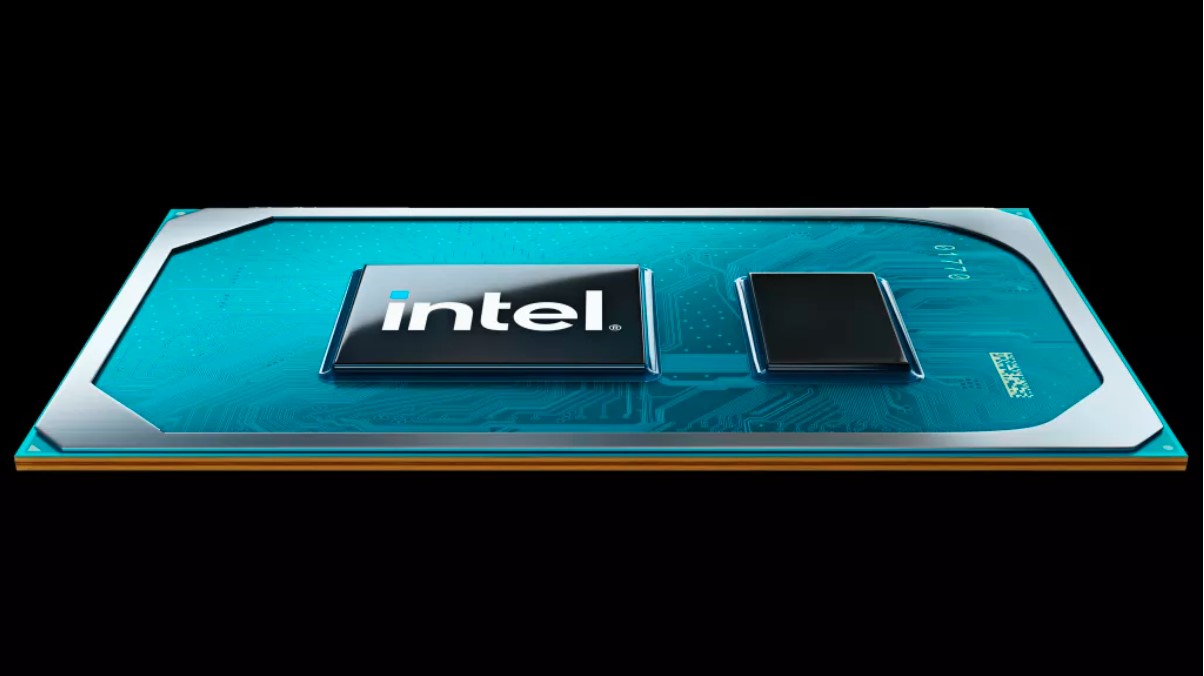x86 processors still dominate the server market
The server market is currently transitioning to the latest generation of x86 processors. This year, AMD Milan’s core EPYC series and Intel’s third-generation Xeon Scalable processor (Ice Lake-SP) have been released and mass-produced, becoming new driving forces in the market. In the first quarter of 2021, these new processors have been shipped to specific users in small quantities and are expected to be more widely used in the third quarter of 2021.
According to TrendForce’s report, Intel’s third-generation Xeon Scalable processors will quickly penetrate, and its market share will exceed 30% by the end of this year. The report believes that Ice Lake represents an improvement in computing performance, has higher scalability, supports more memory channels, and the new normal in the post-epidemic era will promote the migration of customers in the server field to new platforms. AMD’s current market share has exceeded 10%. As most of its server processors move to 7nm process nodes and are accepted by more users, AMD’s market share is expected to reach 15% sometime in 2022.

At present, processors based on the ARM architecture have gradually penetrated into the server market, and the Graviton chip independently designed by AWS occupies the largest share of it. Companies such as Marvell are also launching new products, but it is still difficult to shake the market dominance of x86 processors in a short period of time, occupying only 3% of the market share. Analysts believe that custom servers based on ARM processors will not be able to compete with x86 processors until at least 2023. This lucrative market will still be dominated by Intel and AMD in the next few years.





